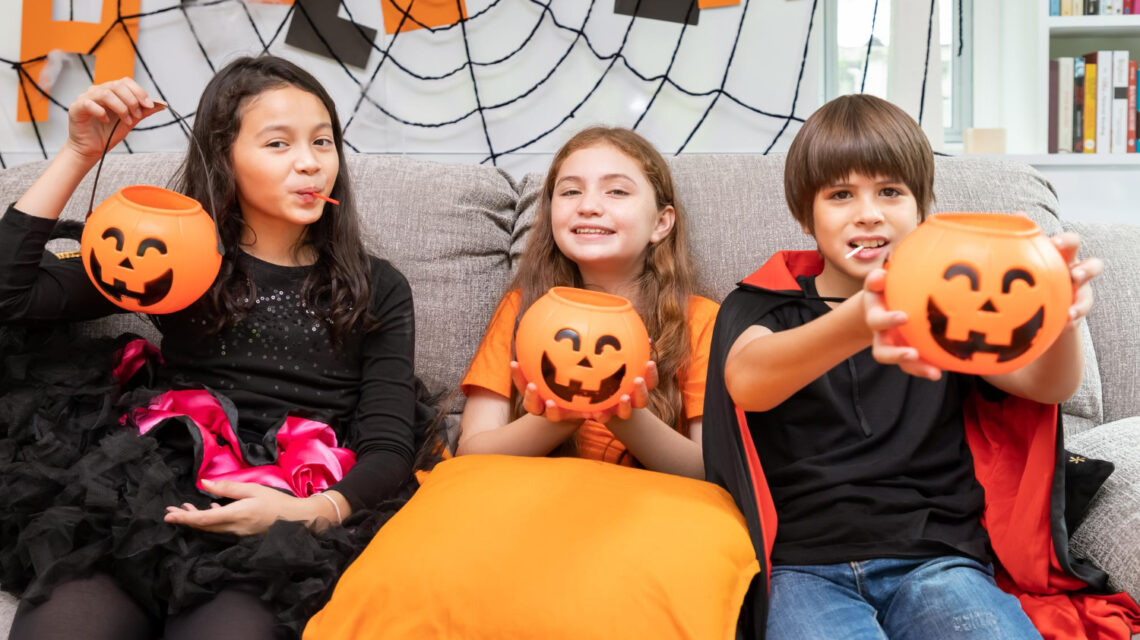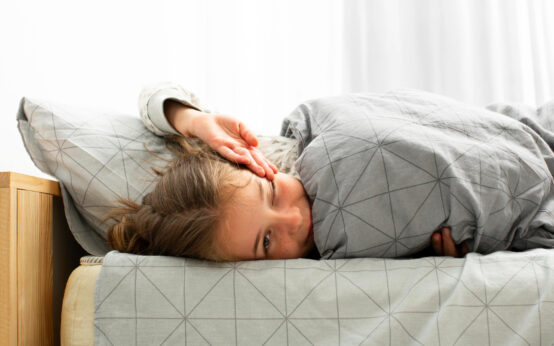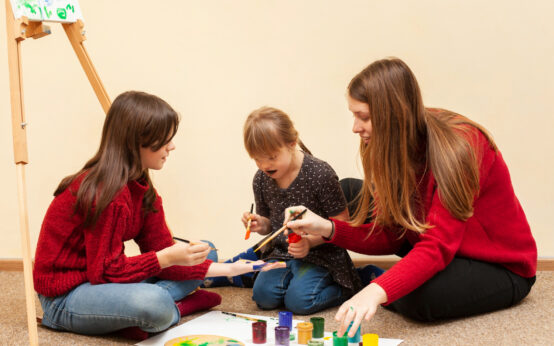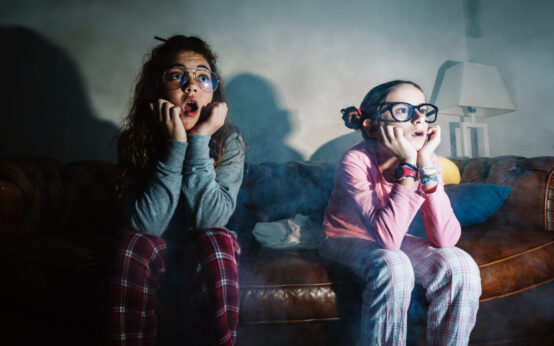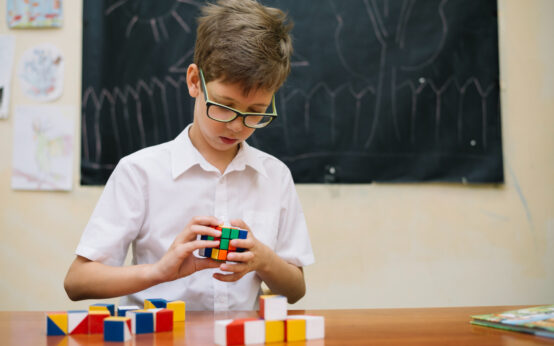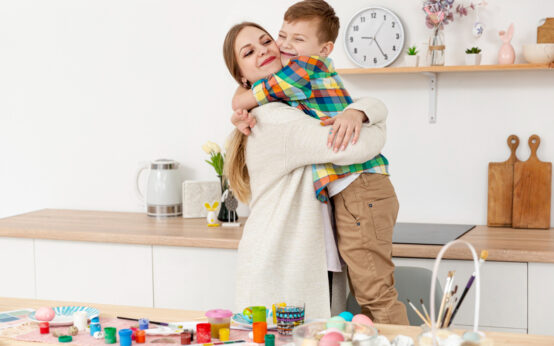As the autumn breeze brings with it the anticipation of Halloween, families gear up for a day filled with spooky fun and sweet treats. However, for children on the autism spectrum, navigating the excitement of Halloween can present unique challenges. With thoughtful planning and consideration, parents can ensure that their child with autism enjoys a memorable and inclusive Halloween experience. Here are some essential tips for making Halloween autism-friendly:
1. Preparation and Visual Aids:
Before the big day arrives, prepare your child by creating a visual story or schedule that outlines what Halloween entails. This can include activities like attending school parties or going trick-or-treating. Visual aids help children with autism understand what to expect, reducing anxiety and sensory overload. Resources like the Halloween guide provided by Autism Speaks offer valuable insights and strategies for parents.
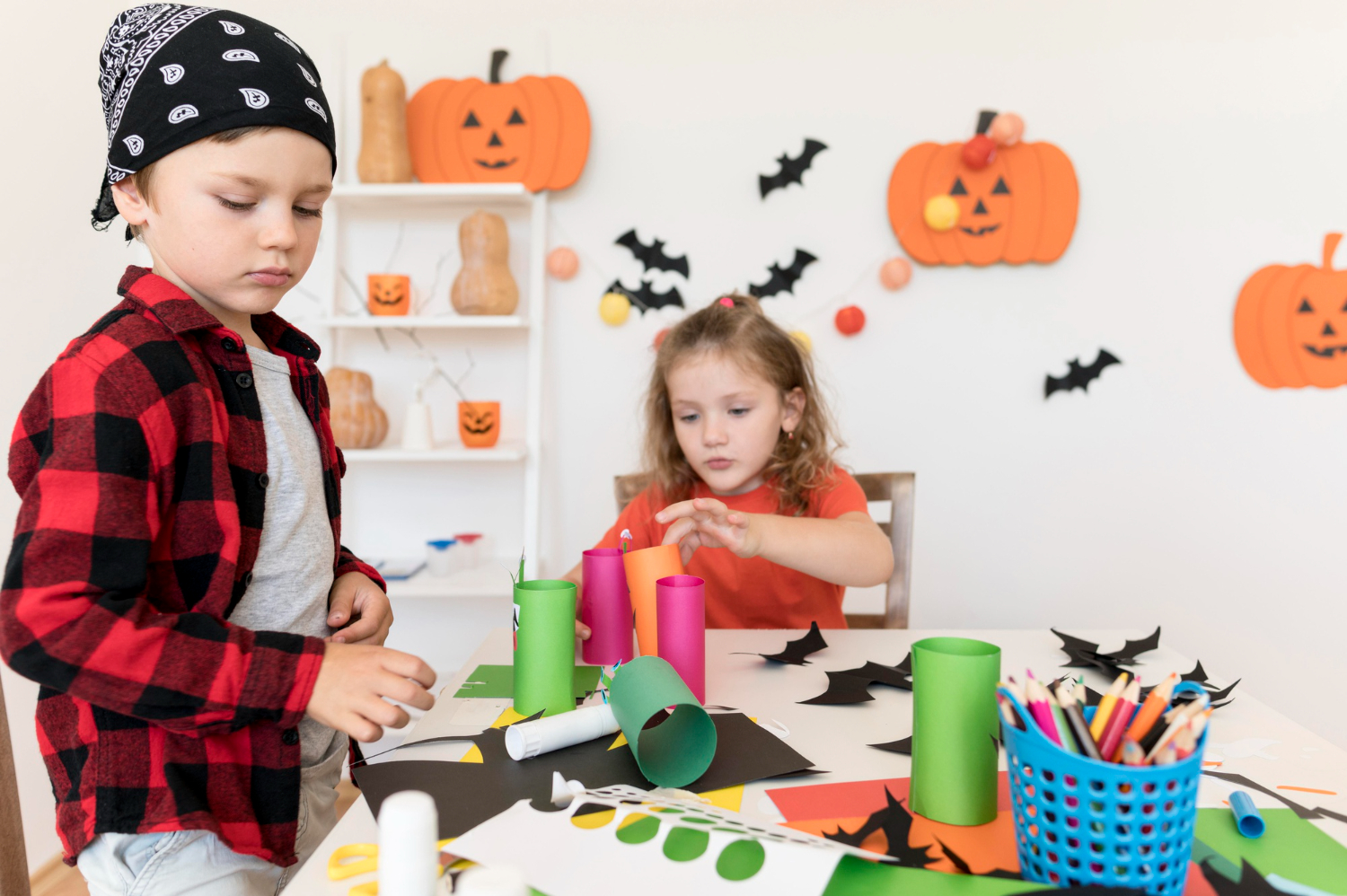
Empowerment glows brightest in the inclusivity of an Autism-Friendly Halloween, where every child’s uniqueness is celebrated amidst a symphony of understanding and joy.
Anonymous
2. Selecting Comfortable Costumes:
Choosing the right costume is crucial for ensuring your child’s comfort and enjoyment. Opt for autism-friendly Halloween costumes that prioritize comfort and familiarity. Here are some ideas:
- Hoodie Costumes: Transform a cozy hoodie into a costume of your child’s favorite character, providing warmth and familiarity.
- Everyday Clothes Costumes: Utilize everyday clothing items to create simple yet creative costumes, such as Where’s Waldo or Super Mario.
- Pajama Costumes: Embrace comfort with themed pajamas that allow your child to express themselves while feeling secure.
- Lab Coat or Scrubs Costumes: Dress up as a scientist or medical professional using soft lab coats or scrubs, ensuring comfort and versatility.
- Accessorize: Enhance everyday outfits with accessories like hats or ears to create unique costumes while maintaining comfort.
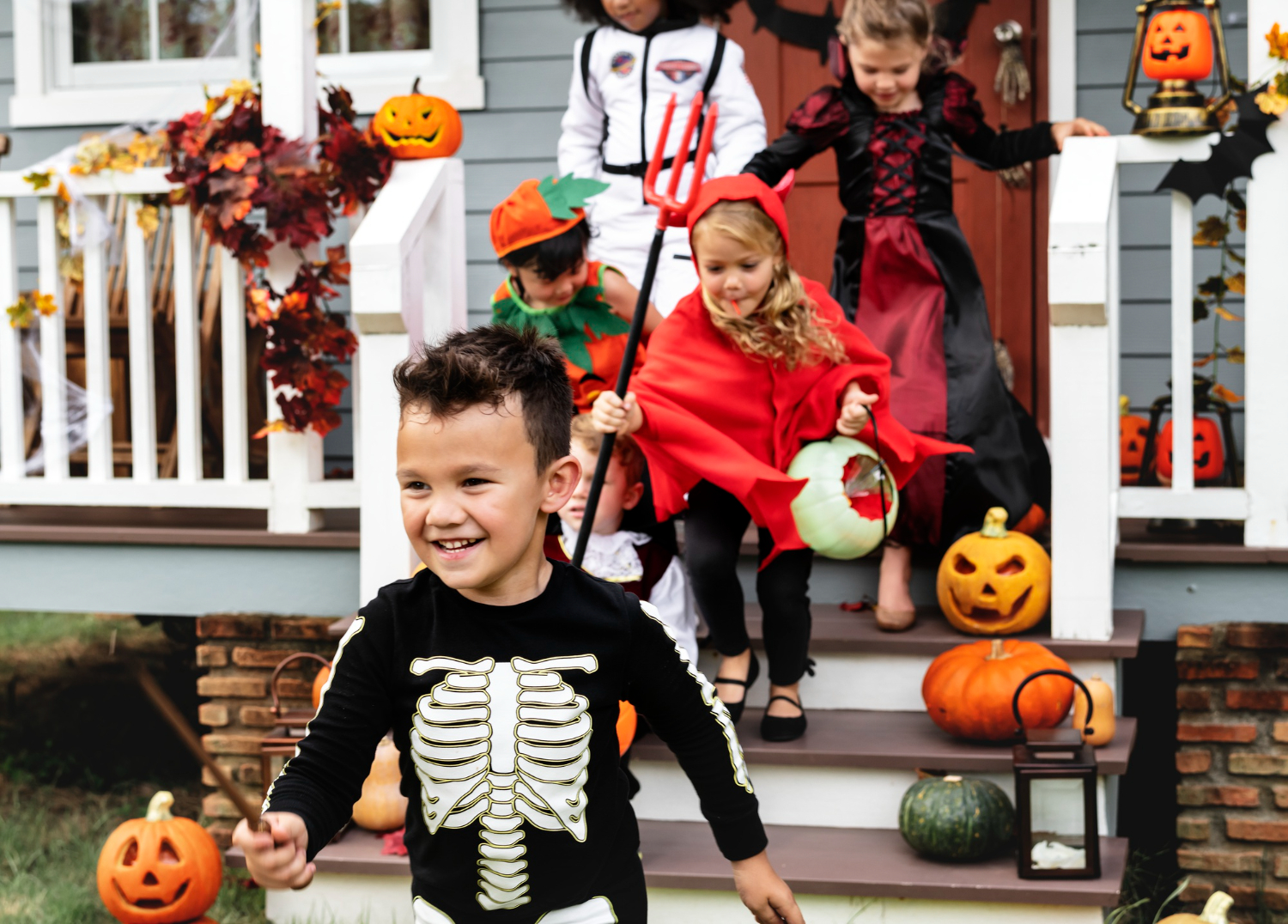
3. Practice Trick-or-Treating:
To prepare your child for the excitement of trick-or-treating, consider conducting a practice run at a neighbor’s house. This familiarizes them with the process and reduces anxiety on the actual day. Additionally, the use of blue trick-or-treating buckets can help raise awareness among treat givers about your child’s autism, promoting understanding and empathy.
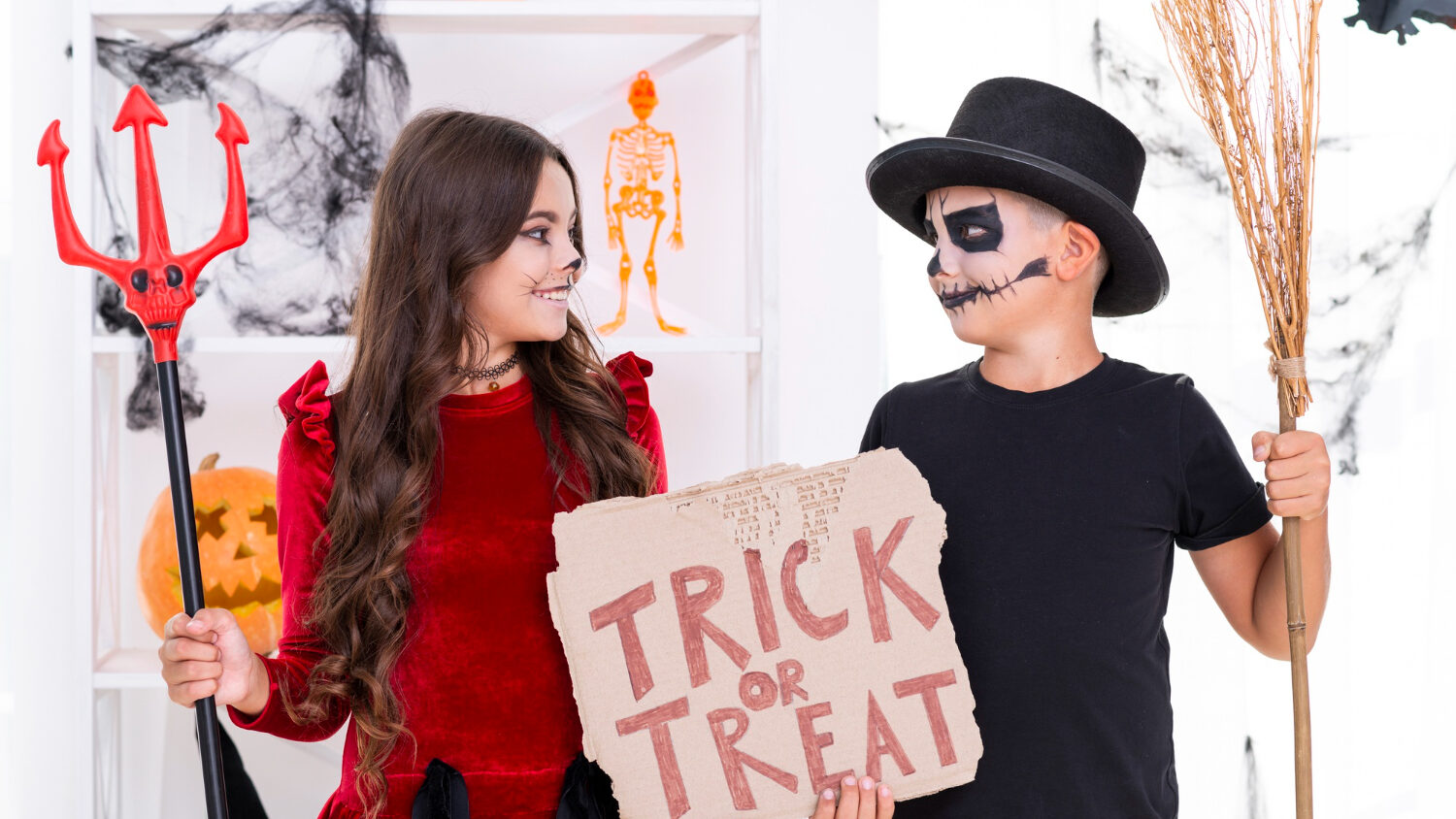
4. Foster Inclusivity in the Community:
Engage with neighbors and friends to promote inclusivity within your community. Encourage them to participate in initiatives such as using blue pumpkins to indicate non-food items for children with allergies or other conditions. By fostering understanding and support, you can create a more inclusive environment where all children can enjoy Halloween festivities without barriers.
5. Sensory-Friendly Celebrations:
Consider hosting or attending sensory-friendly Halloween events tailored to children with autism. These events often feature dim lighting, quiet spaces, and sensory-friendly activities, providing a comfortable environment for children who may be overwhelmed by traditional celebrations.
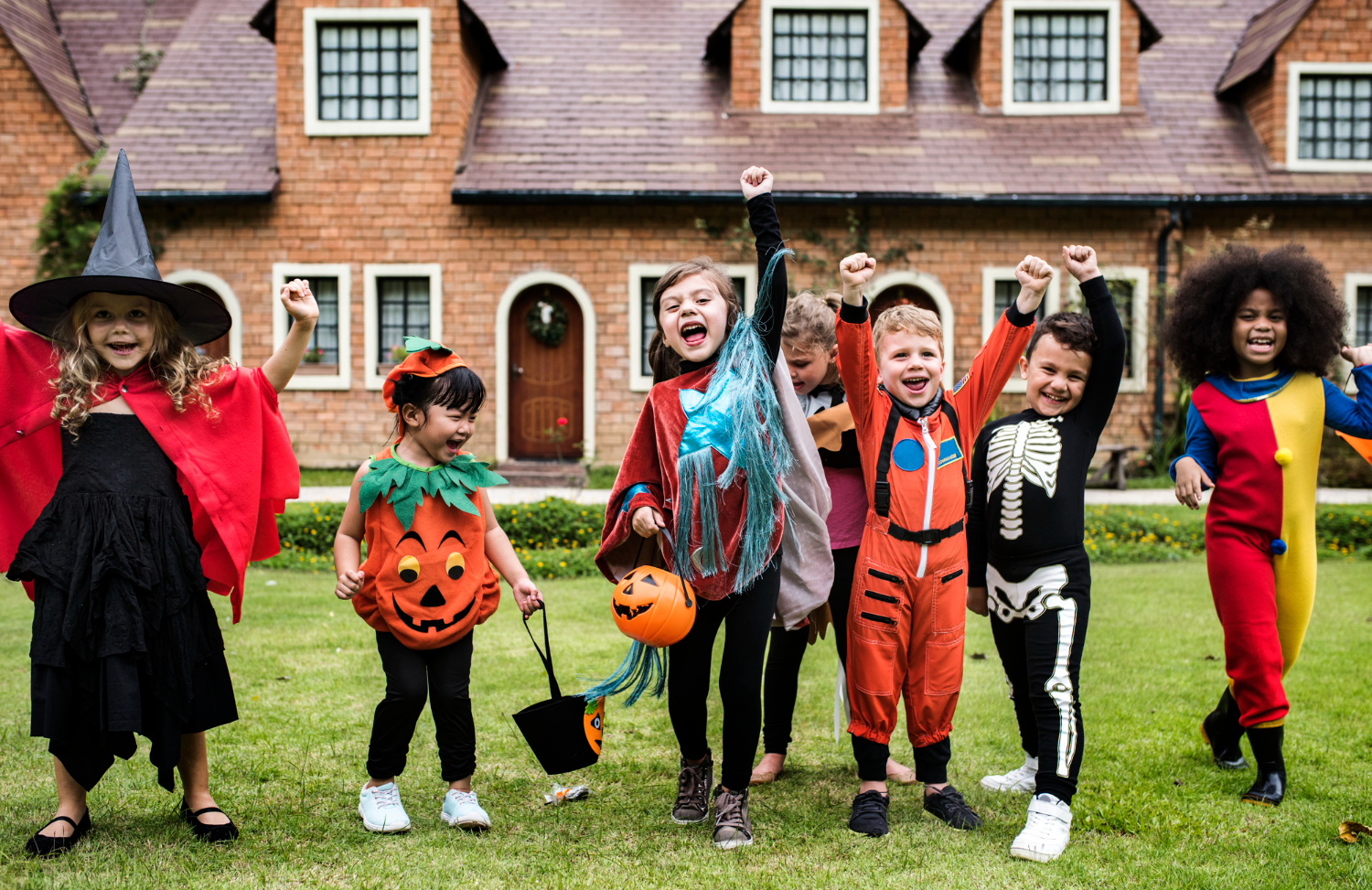
6. Embrace Alternative Celebrations:
If traditional trick-or-treating is too overwhelming for your child, explore alternative ways to celebrate Halloween. This could include hosting a themed movie night at home, carving pumpkins, or participating in virtual costume contests. The key is to find activities that align with your child’s preferences and comfort level.
In conclusion, with careful planning and consideration, parents can create an inclusive and enjoyable Halloween experience for children with autism. From selecting comfortable costumes to fostering community understanding, every step taken contributes to making Halloween autism-friendly. By embracing diversity and promoting inclusivity, we can ensure that all children have the opportunity to participate in the magic of Halloween, creating cherished memories that last a lifetime.
